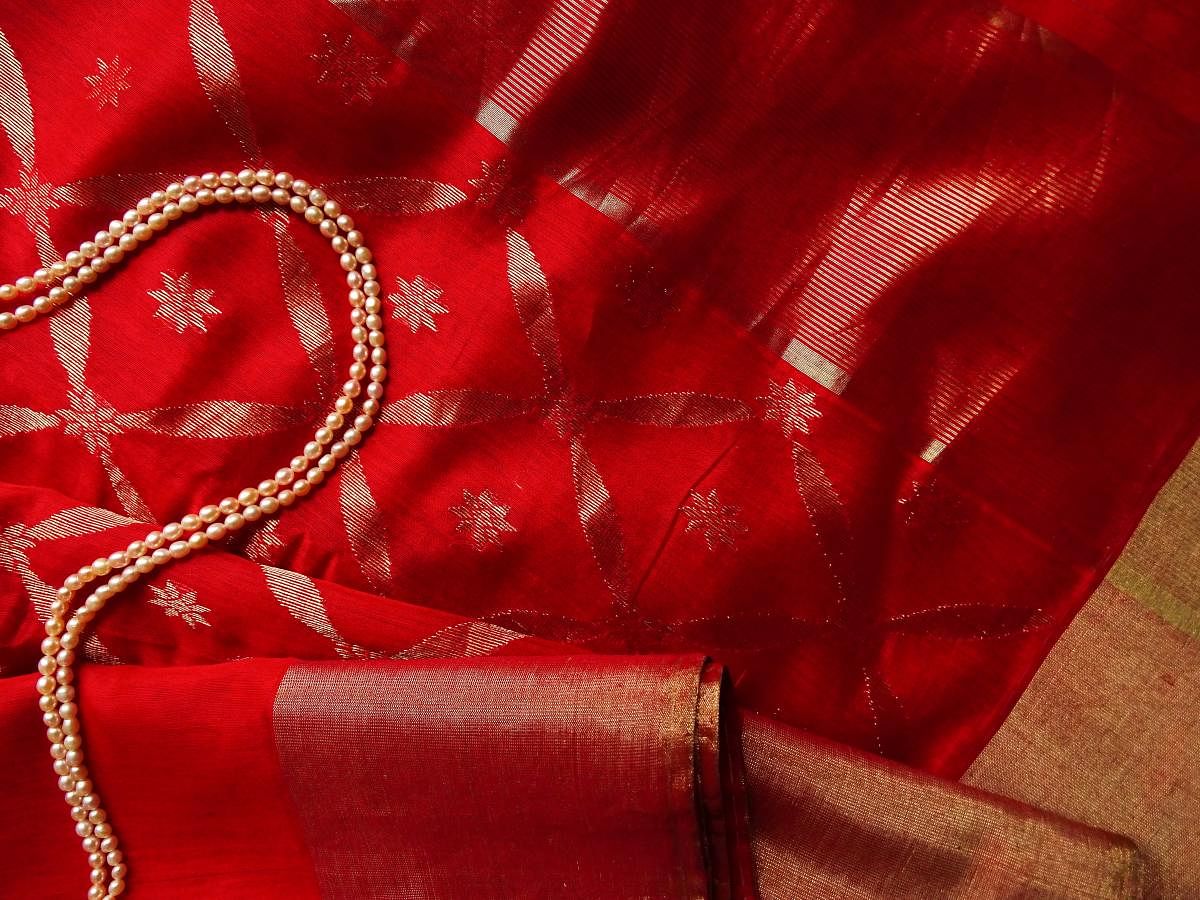
I was travelling through Kerala and Tamil Nadu two weeks ago when the election posters had already started appearing on compound walls and junctions. And that is when I noticed something. Even in cities, the women candidates are seen only in sarees in posters. But most of the women you see on the road standing by the side of these posters, especially the middle-aged and younger ones, across economic classes, wear salwar suits. But why are the candidates not seen campaigning in these clothes? Well, you do see one or two here and there, but that is more of an exception. This is not to discredit the beauty, elegance and so many other adjectives to a saree. We have to admit we see salwar suits as a more accepted daily wear option amongst the masses. But, is it about acceptance by women alone? Why is it that women candidates who wear salwar suits often choose to campaign in this hot summer wearing sarees?
While we may not know the intricacies of what influences a politician’s sartorial choices or even that of a woman engaged in classical art forms, let us not fool ourselves by thinking this does not play in our lives. There have been articles around how women’s clothes are influenced by forces of patriarchy, religion, capitalism, liberalism, and globalisation. Not to talk about how this impact changes based on the woman’s socio-economic status. Most often when one reads such articles, the tendency is to create a distance between oneself and this larger context, as something disconnected from us. Is it really? We may think our choices are driven by the freedom to choose what we want to wear, based on what is in fashion and one’s own affordability. Is it really so?
A friend told me about an invite to participate in a photoshoot in her office. This was a leading IT organisation in the country and they wanted to put up photos around the campus and their brochures and they invited a few employees. And then, she got a shock when she was told not to join because she was wearing a salwar suit and she did not align with the more modern kind of image the company wanted to portray — of women in suits, trousers, formal skirts and the like. Well, you can’t blame them. There has been a constant focus on the creation of this image of smart, educated, and modern women in media — the woman in these visuals will mostly be seen in western wear.
This is most obvious if you were to look at the wardrobe of a woman who has started her career and is living in a city — she needs to have loungewear, casual wear, and Western wear, and so on. And all of these options are available for all economic classes. A woman coming from a village slowly acquires these because she needs to fit in, she needs to be heard, accepted. For, she wants to be smart, she wants to be identified as modern and if clothes are a shortcut to that, then, why not?
Well, you may say it is fashion and style that influence these choices and you may even think this is about freedom. But then, one can be stylish in whatever clothing one chooses to wear. And, whose choice is it anyway?
If you have to decide on what you will wear to be seen as smart/modern, is there a choice really? Who has decided what is acceptable or not? Are we ready to look into the mirror on the wall and pose that question to ourselves?
(The author is the host of a podcast that examines challenges faced by today’s Indian woman & proposes actionable strategies set in the Indian context.)